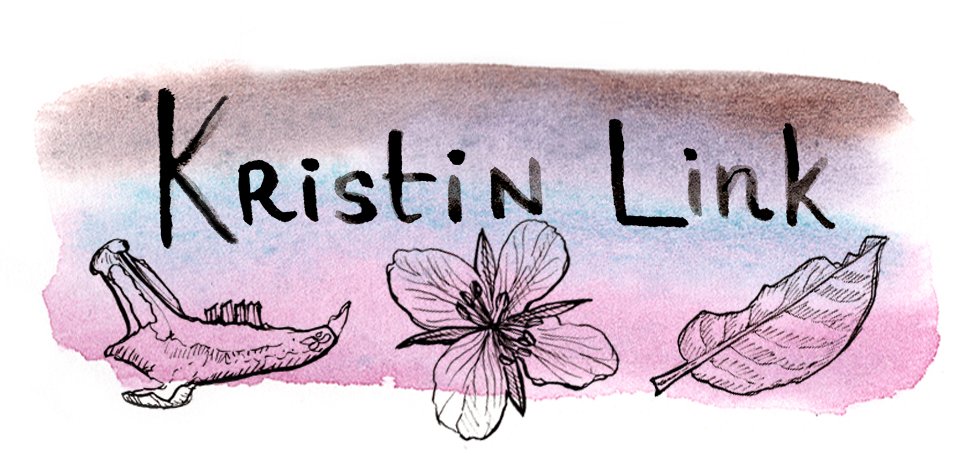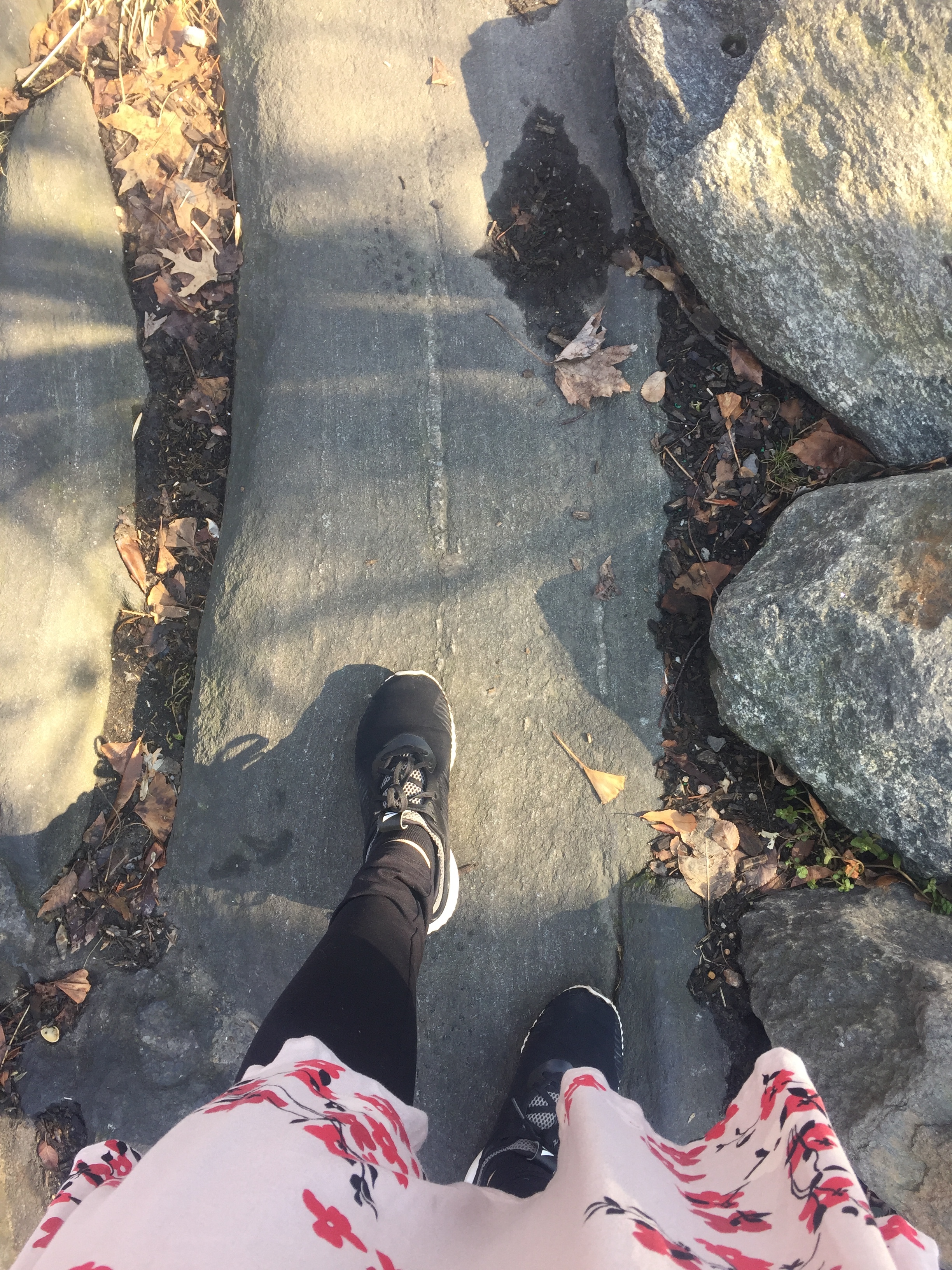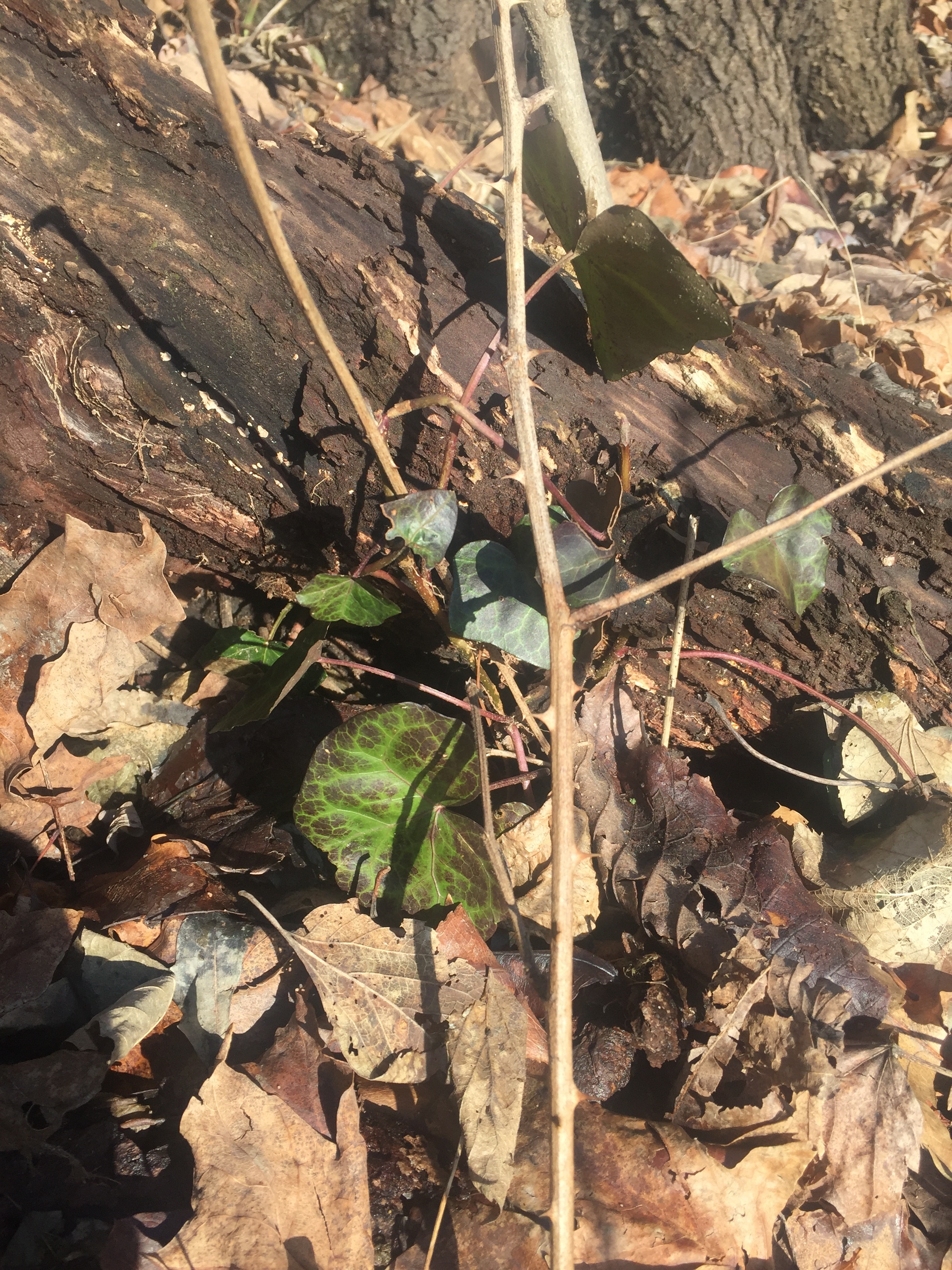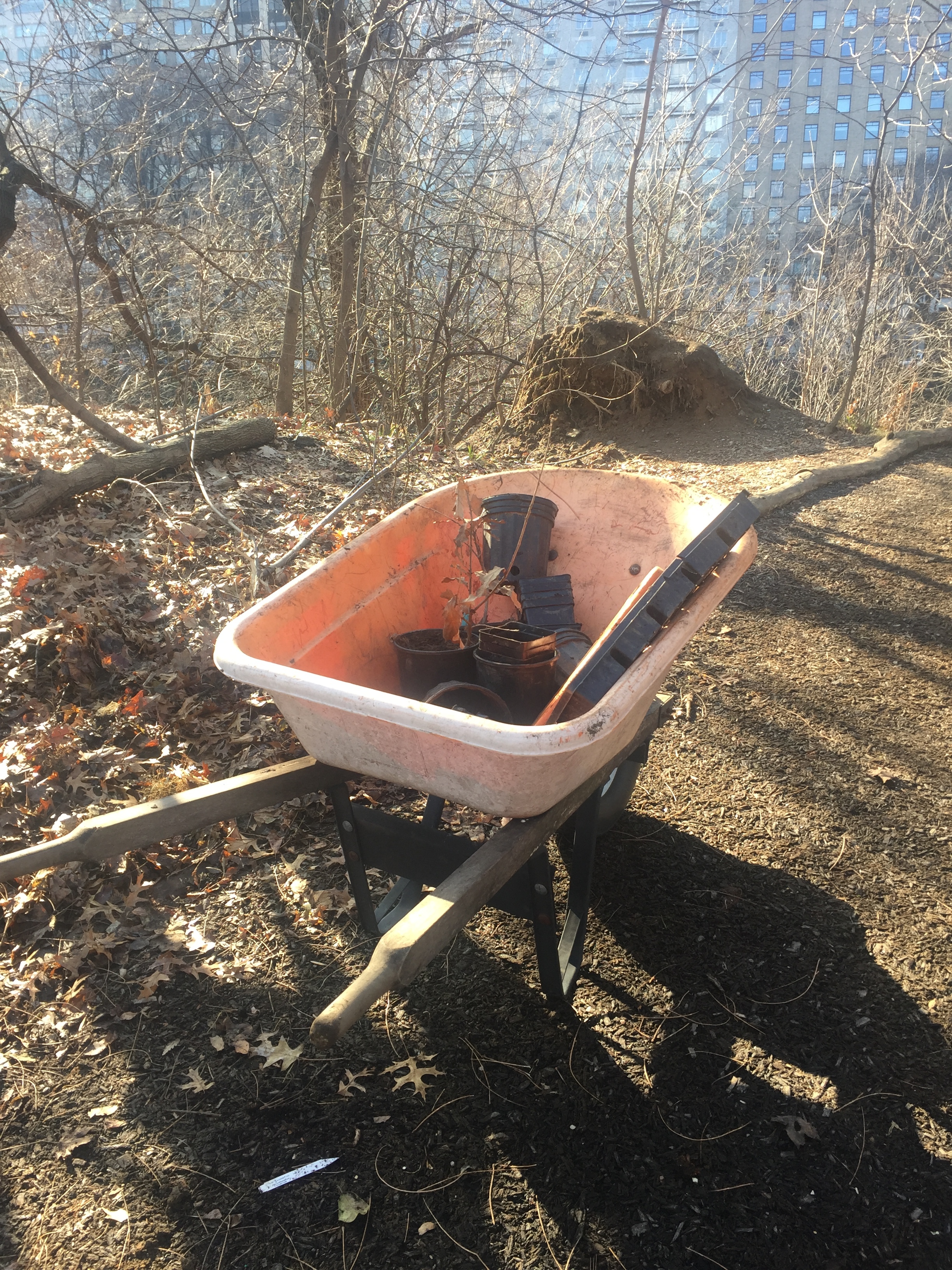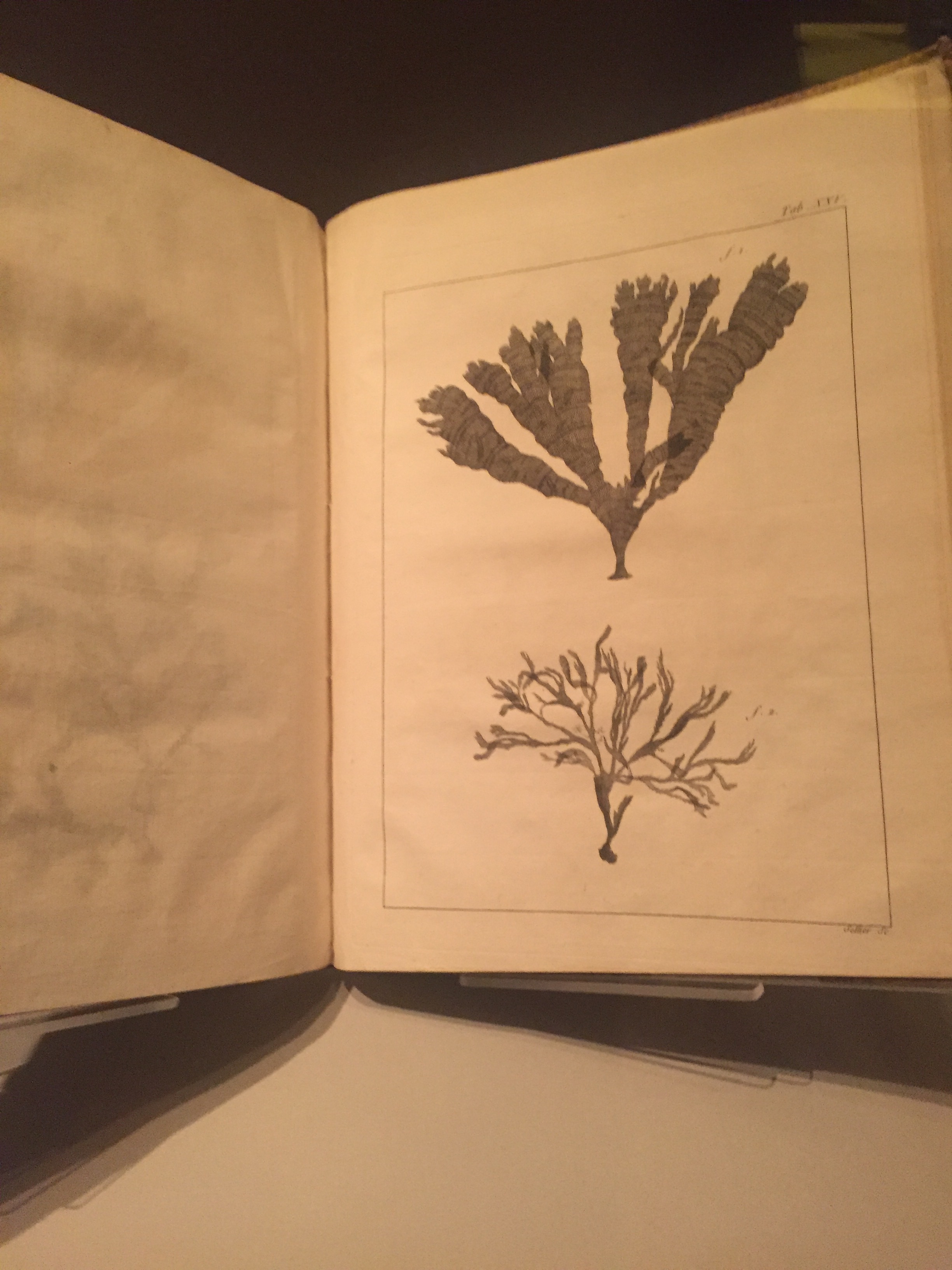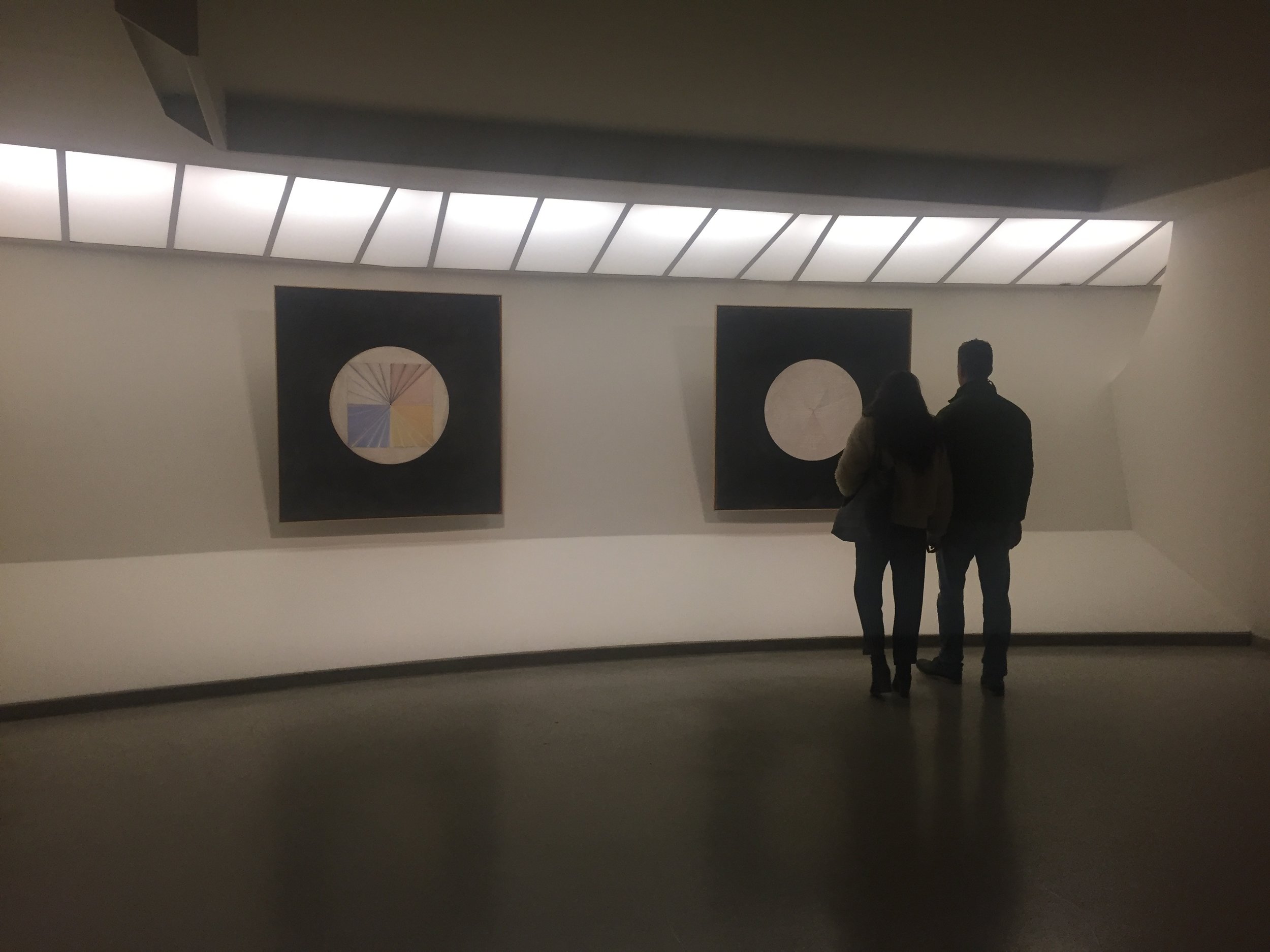This January, while I was on the East Coast visiting family, I took a few days to visit New York City. My brother and his girlfriend live in Queens and my dad has an office on the Upper West Side of Manhattan. I wanted to spend some time walking around the city, visiting museums and upping my cultural exposure – looking at art and exhibits, people watching, and eating good food. Even though I live in rural Alaska, and (this time of year) usually don’t see many other people, I do love spending time in cities. I spent three years living in London while I was in high school, and I like the energy and the change of pace.
I’m not sure if there is a niche for travel journaling with a focus on art and natural history, or if I fill that, but I wanted to share my experiences with you. Perhaps you are also sitting in a lonely winter landscape on a too warm day (34 degrees?!) and as much as you love that, might appreciate a break from the scenery.
Day One –
American Museum of Natural History – I remember coming here as a kid and it’s always been a magical place to me. My first day in New York it was pouring rain, so I figured I might as well spend the whole day at the museum. It’s huge, so that is not very hard to do. There is so much to explore, not all of it wonderful.
From an art perspective, I love drawing and examining the halls of animals and the skeletons of extinct species. These are fun, three-dimensional things to draw, and in the real-world animals never hold still for you (unless they are sleeping) so it is great drawing practice. I also like to admire the scene construction and background painting of some of the sets. I always thought a cool job to have would be the person who paints the backgrounds in dioramas.
From a brain perspective, the dinosaur and mammal evolution section on the 4th floor is fascinating. The exhibits are well put together and informative and you get to imagine miniature camels and saber tooth cats roaming the earth. The space and geology sections are also pretty interesting, but I didn’t spend much time there this trip.
One of the reasons I wanted to go to the AMNH is because the field of natural history and its context in this modern world is pretty interesting to me. Museums serve a role in conservation and education, but have often created collections at expense to the ecosystems and environments they aim to serve. It is unique to stand next to a taxidermize elephant in the African Hall of Mammals. I feel both awed by the animal’s “presence” and by the feeling of being in a Victorian era. Something I have never been very comfortable with is the people in glass cases. I was hoping that the museum had figured out a more modern and less colonial way of educating the masses about cultures from around the world, but alas I found many of those exhibits to be quite dated and overlooked. I think the museum is aware of this, hence the neglected feeling. In the Theodor Roosevelt section, the museum has this case:
Finally, I went to visit the Unseen Oceans temporary exhibit, which felt much more modern. The focus was very much on research and how real people are studying oceans. It was packed with kids who seemed to be having a good time.
Above- Fun things to draw at the American Museum of Natural History and a few of my sketches
Day Two –
Central Park - Always divert through Central Park if you can. As a nature enthusiast, I enjoy time in city parks, but Central Park is beautifully designed and such an interesting place to explore. I stopped in the Hallet Nature Sanctuary and loved the chance to get off the paved path and explore the winding trails with bird song and native plants.
Above- Hallet Nature Sanctuary in Central Park. Someone was planting local grasses (hence the wheelbarrow)
New York Public Library – I want to give a shout out to the NYPL exhibits. I purposely voyaged to the main Schwarzman Building to see the Anna Atkins work, which was lovely (see below), but I also stopped into other libraries with exhibits. They are free (unlike most museums) and open to the public. I wandered into the Library for the Performing Arts simply because I was cold one day. I enjoyed exploring their unique collection and I was surprised and happy to find a really lovely exhibit - Voice of My City: Jerome Robbins and New York. The exhibit was creative and well put together. I especially loved seeing his sketches and these accordion sketchbooks. They even put mirrors in the display cases so you could see both sides.
Above- Sketchbooks of Jerome Robbins
Blueprints The Pioneering Photographs of Anna Atkins – I’m a self-proclaimed naturalist and have been making cyanotypes for several years. I had to see this exhibit by the first person to use a photographic process (cyanotype) to create a field guide, in this case to study British algae. I could even say that one of the reasons I wanted to go to NYC was to see this little exhibit.
The cyanotype process is credited to being discovered by Sir John Herschel in 1842. Anna Atkins began using the process in 1843 to create photograms (where an object is placed directly on the paper to create a print) of algae and is credited as the first woman photographer.
Here is the blurb from the exhibit website:
Anna Atkins (1799–1871) came of age in Victorian England, a fertile environment for learning and discovery. Guided by her father, a prominent scientist, Atkins was inspired to take up photography, and in 1843 began making cyanotypes—a photographic process invented just the year before—in an effort to visualize and distribute information about her collection of seaweeds. With great daring, creativity, and technical skill, she produced Photographs of British Algae: Cyanotype Impressions, the first book to be illustrated with photographs, and the first substantial application of photography to science. Ethereal, deeply hued, and astonishingly detailed, the resulting images led her and her friend Anne Dixon to expand their visual inquiry to flowering plants, feathers, and other subjects. This exhibition draws upon more than a decade of careful research and sets Atkins and her much-admired work in context, shedding new light on her productions and showcasing the distinctive beauty of the cyanotype process, which is still used by artists today.
To create a cyanotype a person places a subject on paper treated with chemicals (ferric ammonium citrate and potassium ferricyanide) and the negative is exposed with UV light. When you rinse the paper with water you get a deep indigo blue in the areas with the most exposure and a light blue or almost white in the areas where the sun was blocked. If you haven’t tried making cyanotypes or sun prints I think you should. I create drawings on vellum or translucent paper and make prints from them. This is actually how people created old blueprints and Anna Atkins herself included quite a bit of text on oiled paper (to make it transparent) as well as creative lettering in her books.
This small room did not disappoint. I so enjoyed looking over the pages of Atkins’ cyanotypes. I spent time and filled my brain with so many ideas and sparks of inspiration. As a sketchbook artist I loved the way the work was presented in books (makes sense for a library after all), even if it is protected in a glass case and you can’t turn the pages. The exhibit also included some other examples of field guide illustration as well as other artists who worked with or alongside Atkins.
Above- Photos from the exhibit, Blueprints- The Pioneering Photographs of Anna Atkins
Day Three –
Sketchbooks and Zines in Brooklyn- I met my brother and his girlfriend for lunch on Saturday in Williamsburg. We didn’t really have a plan for what we were doing there, but found this fun shop, Desert Island Comics, which has an awesome collection of graphic novels and zines. I think we were all surprised by how long we spend getting entranced in all the little visual wonders on the shelves. Browsing zines was indeed so much fun.
In the same vein, but without the joy of picking something off the shelf, we ventured to the Brooklyn Art Library, home of the sketchbook project. You walk into a quiet room and are entranced by the rows and rows of sketchbooks which fill it. What is equally amazing is that these are all original work (thousands of people hand drew, painted, collaged etc. in those very books from all over the world). It is very hard to obey the signs, which tell you not to touch! You can “take out” a sketchbook to look through on their digital system, but you can’t see what you are going to get until it arrives.
Look but don’t touch at the Brooklyn Art Library
Paintings for the Future at the Guggenheim- I thought Saturday night, when the Guggenheim has its “Pay what you want” night would be a good time to go see this exhibit of Hilma af Klint’s work. I was a little dismayed when I got there are found a line around the block. I was worried about waiting for so long and then going into a gallery that was so crowded you couldn’t enjoy the artwork. However, the line moved along. Also, I’ve never been in the Guggenheim before (and of course it’s worth seeing just for the architecture) but thanks to the round spiral structure, the crowd keeps moving along nicely so I didn’t feel too crowded like many other art museums do where people get bunched up in the corners of the room.
The exhibit was worth seeing and very interesting. Af Klint lived from 1862–1944 and she requested that nobody exhibit her work until twenty years after her death. Now more than twenty years later, her body of work in on show at the Guggenheim. The most stunning part is the room of large tempera paintings when you first enter. However, the whole exhibit is interesting. You get an insight into her thought and artistic process. Hilma af Klint was one of the first abstract painters and was inspired by science and spiritualism. Many of the works in the exhibit are part of her body of work, “Paintings for the Temple” which she intended to be installed in a spiral temple.
Above- Photos from the Guggenheim, Paintings for the Future by Hilma af Klint
It was lovely to spend a couple days immersing myself in books, sketchbooks, artwork, and installations. Getting to see these things in person is a wonderful experience and quite different than viewing them online. I hope my photos and comments don’t ramble too much, provide both a break from winter scenery, as well as inspiration to go to a museum the next time you are near one.
Food Recommendations:
My brother and his girlfriend are wonderful at finding hole in the wall restaurants with excellent food for not too much money. They usually have one, or two tables for patrons to use, and pretty much only take cash. Here are a few we tried in case you are in NYC sometime soon:
Alidoro - Italian sandwiches with homemade mozzarella in SOHO
Haab - Mexican food Brooklyn and Queens
Tawa Food - Himalayan Nepalese Restaurant in Queens (Jackson Heights) with great thali (mixed platter of curry, dal, pickles, etc.)
Wok City, not the rec of my brother but right by my Dad’s office. They have great chicken wings and cheap Chinese food
